Rich Farms
NATIVE PLANTS DIVISION
Sustaining natural environments is a global problem that requires local solutions.
We offer a wide selection of native trees, shrubs, wetland plants and additional species suitable for restoration, remediation and reforestation for the Mid Atlantic Region and beyond.
Native Plants Availability Spreadsheet
Native Plants Info PDF
Contact us.
Look to Rich Farms for your conservation, reclamation, wetland & stream remediation, reforestation, restoration and other project needs.
A family owned business for over 70 years, Rich Farms has grown by always making our customers our #1 priority.
We specialize in hearty, healthy plants; ready for planting.
Keith Roderick
General Manager
keith@richfarms.com
(724) 564-7644
2043 Springhill Furnace Rd
Smithfield PA, 15478

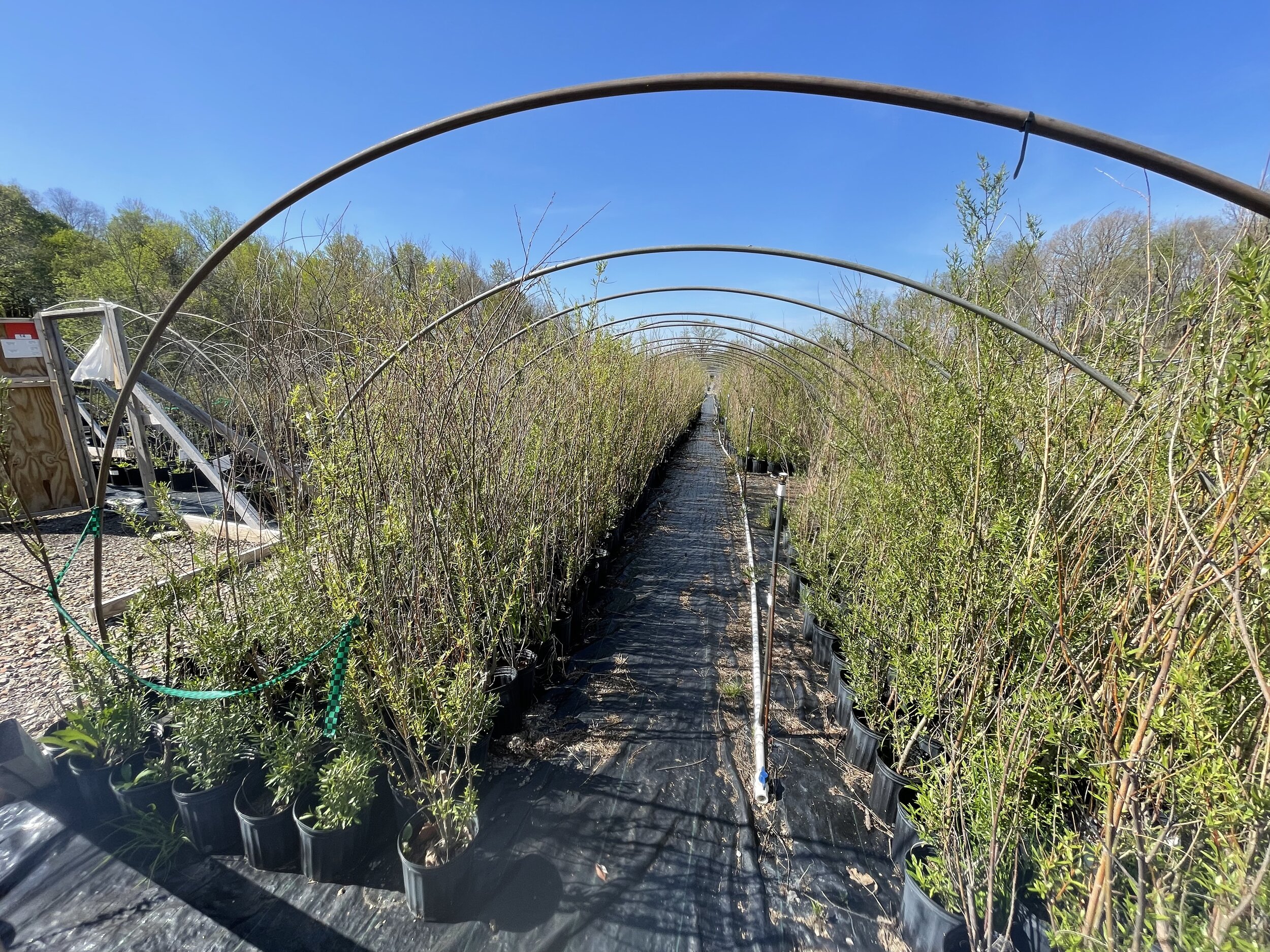
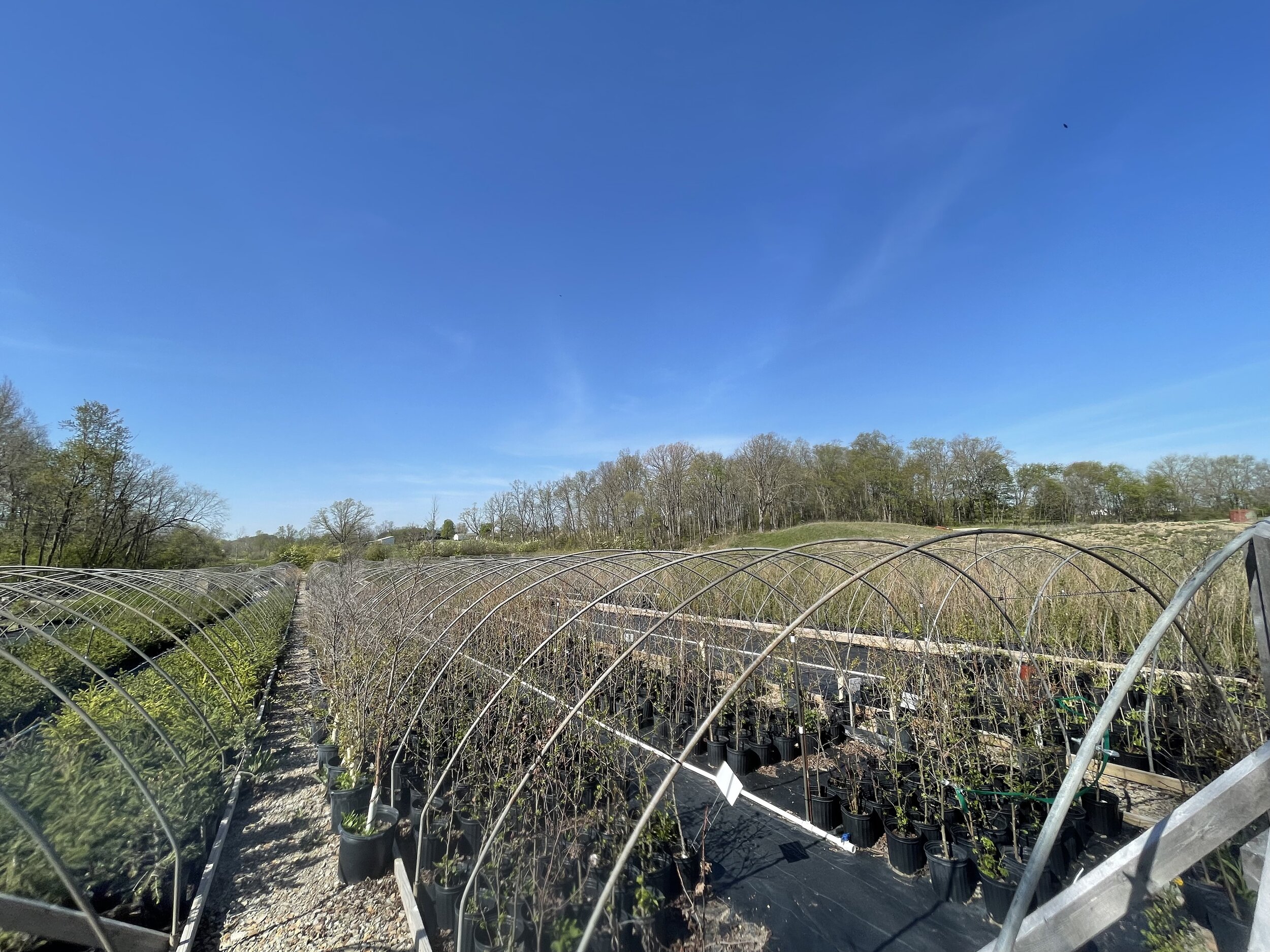
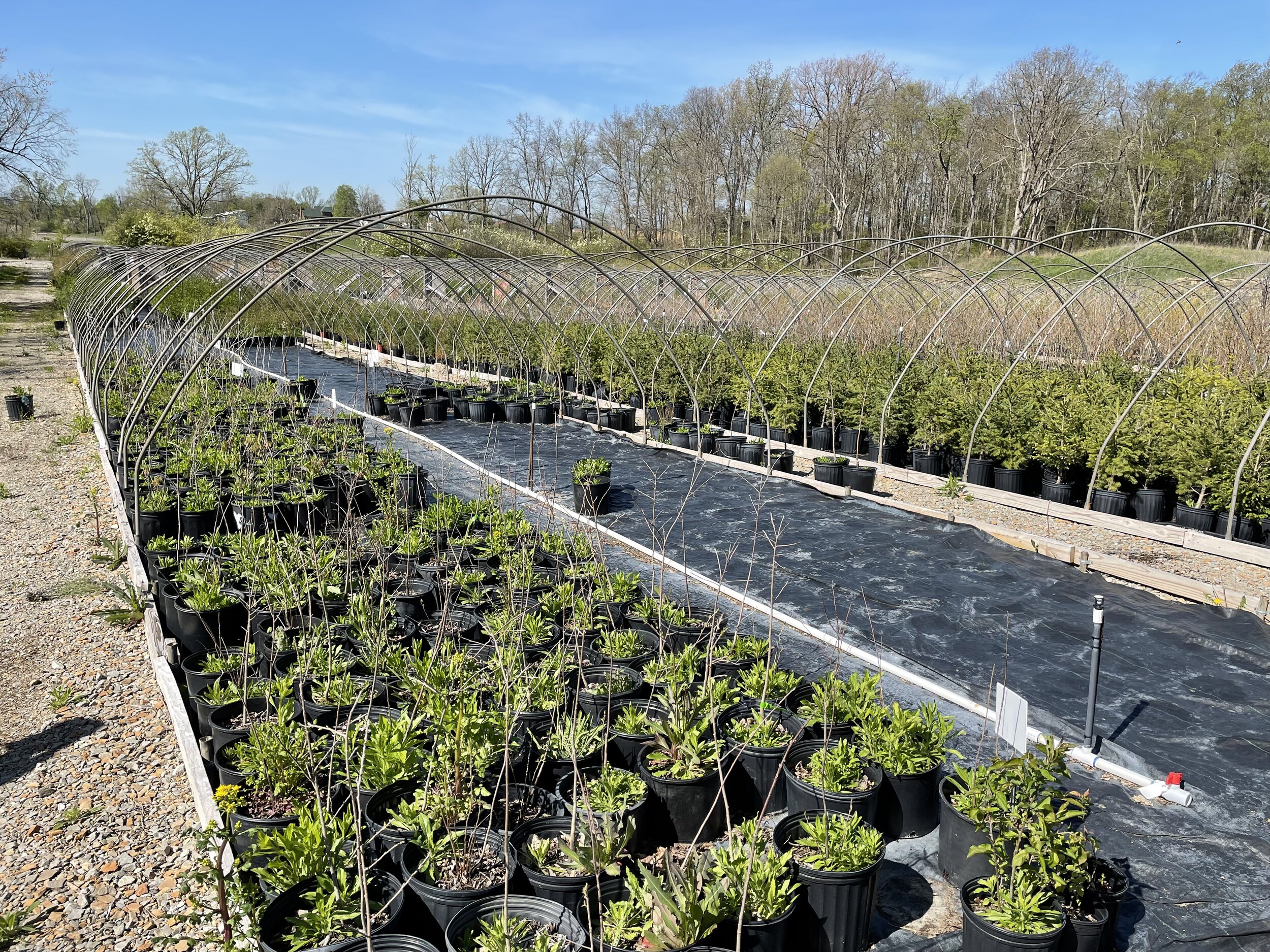

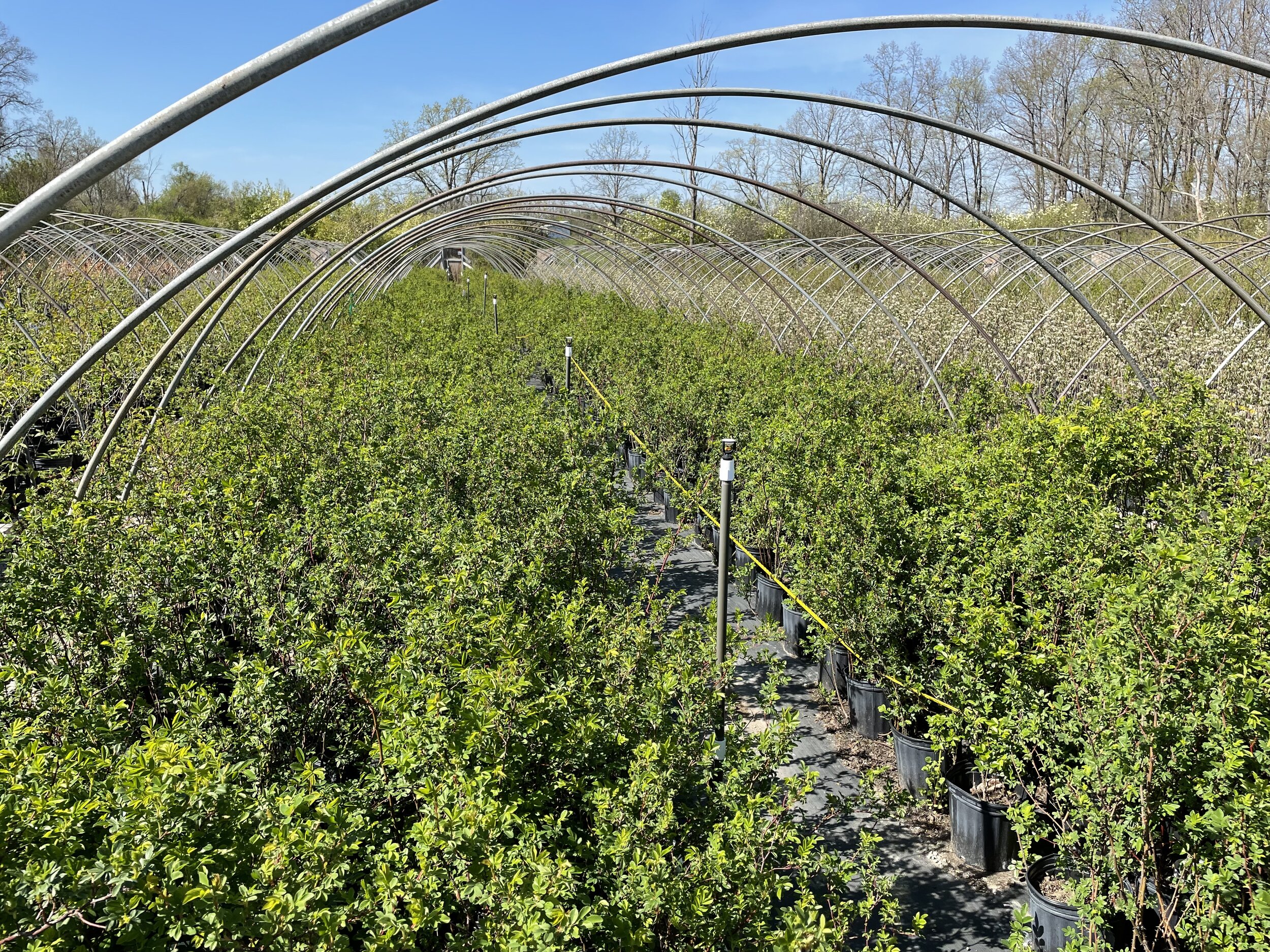
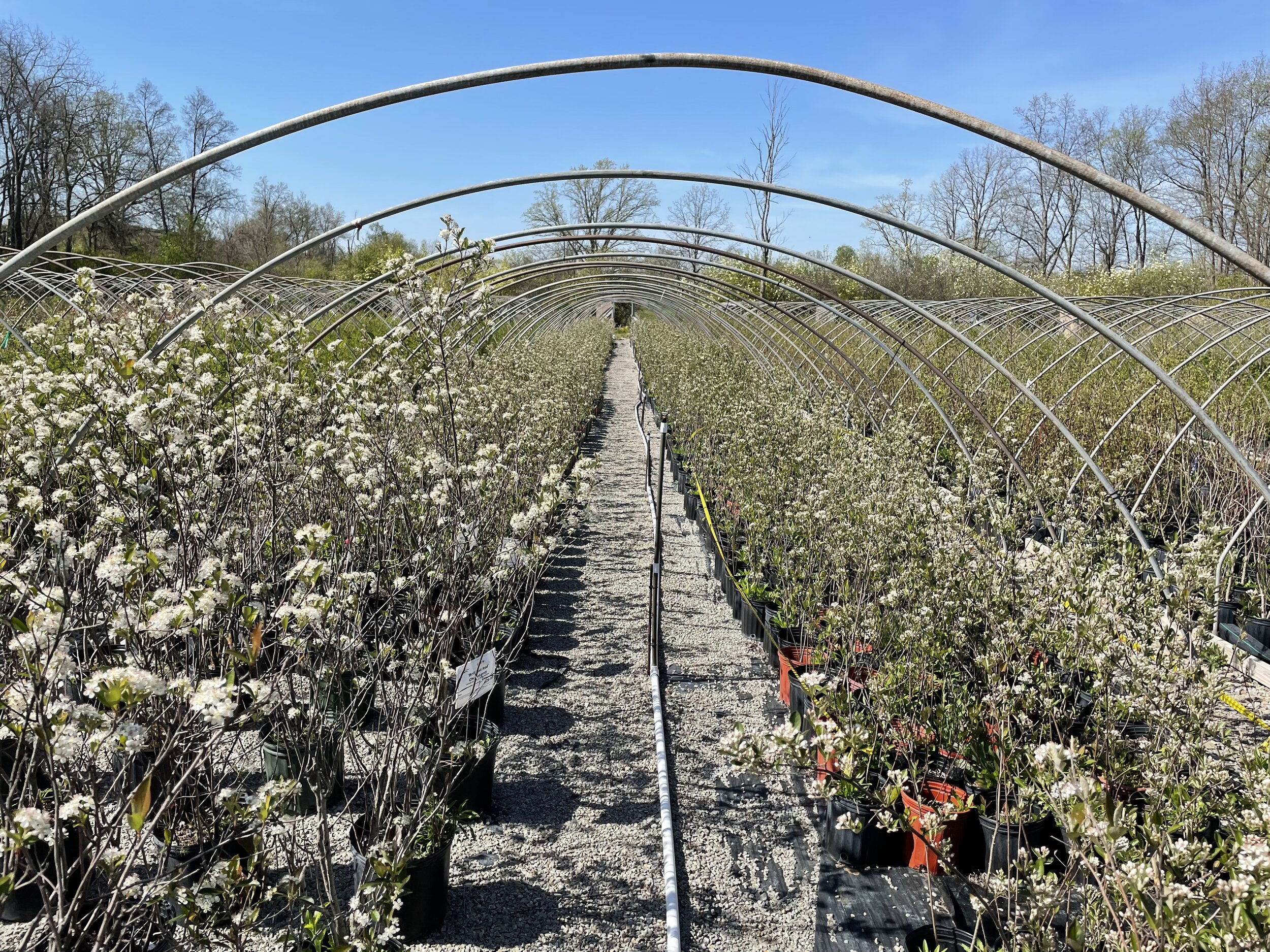
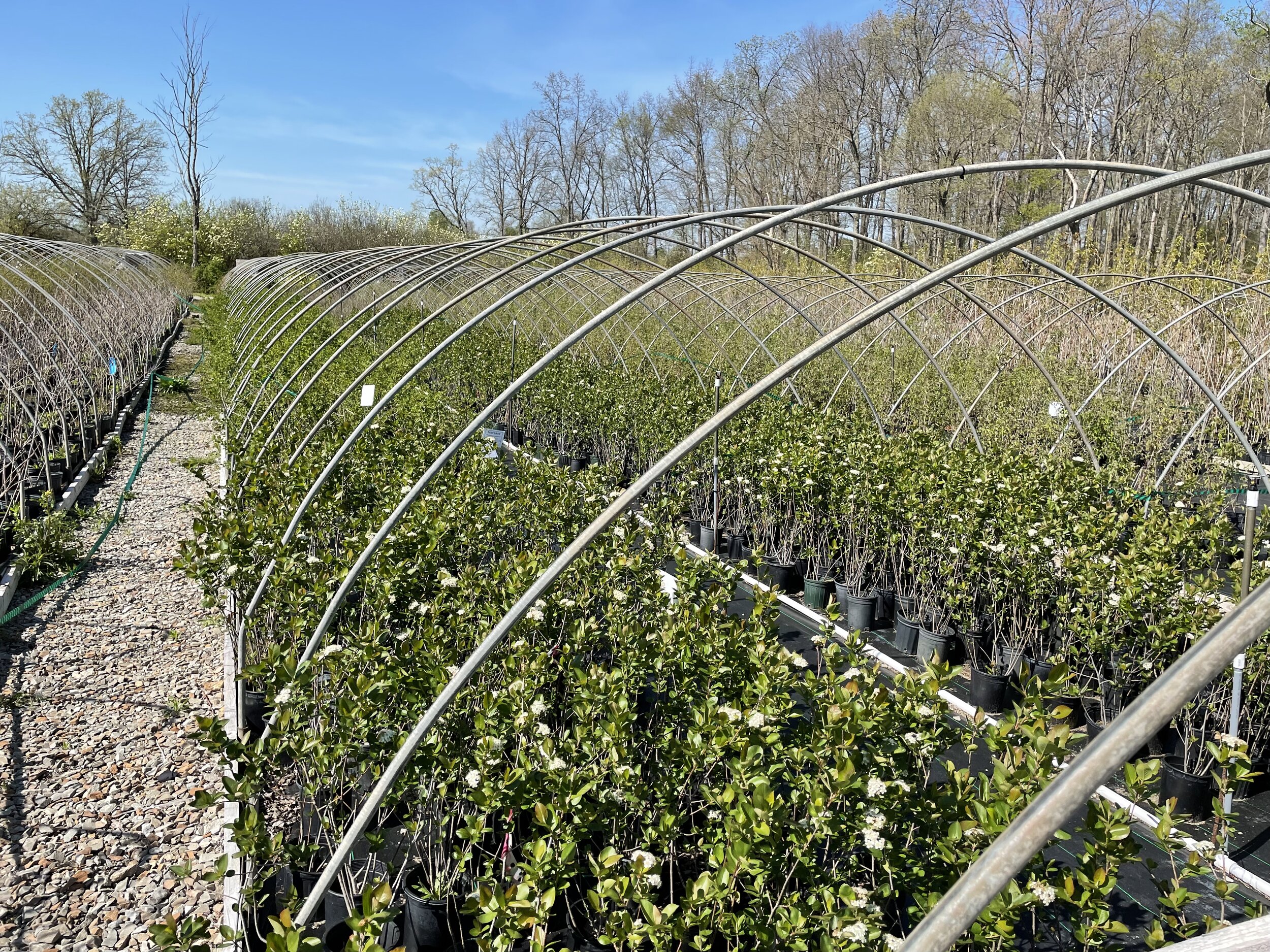

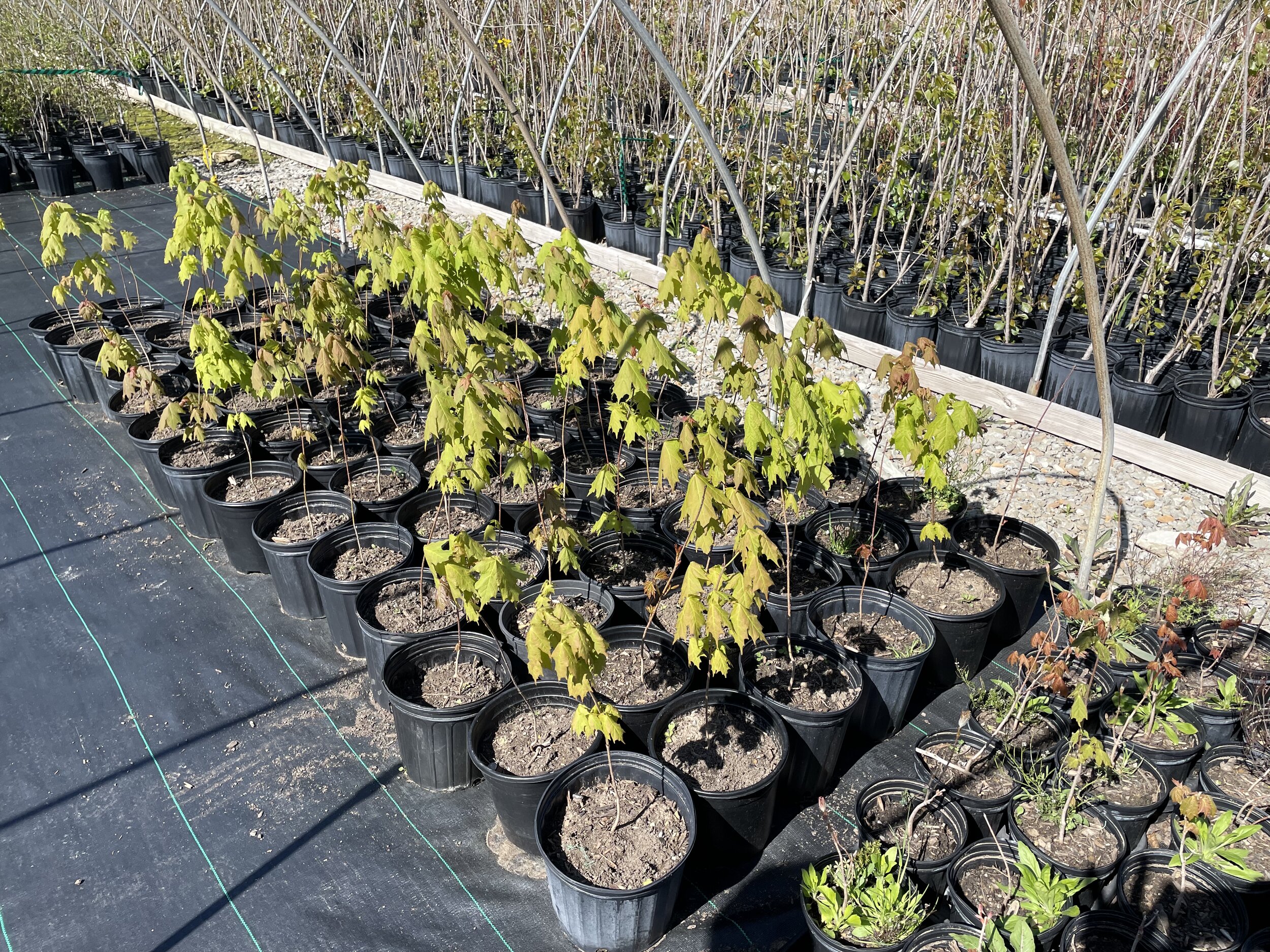
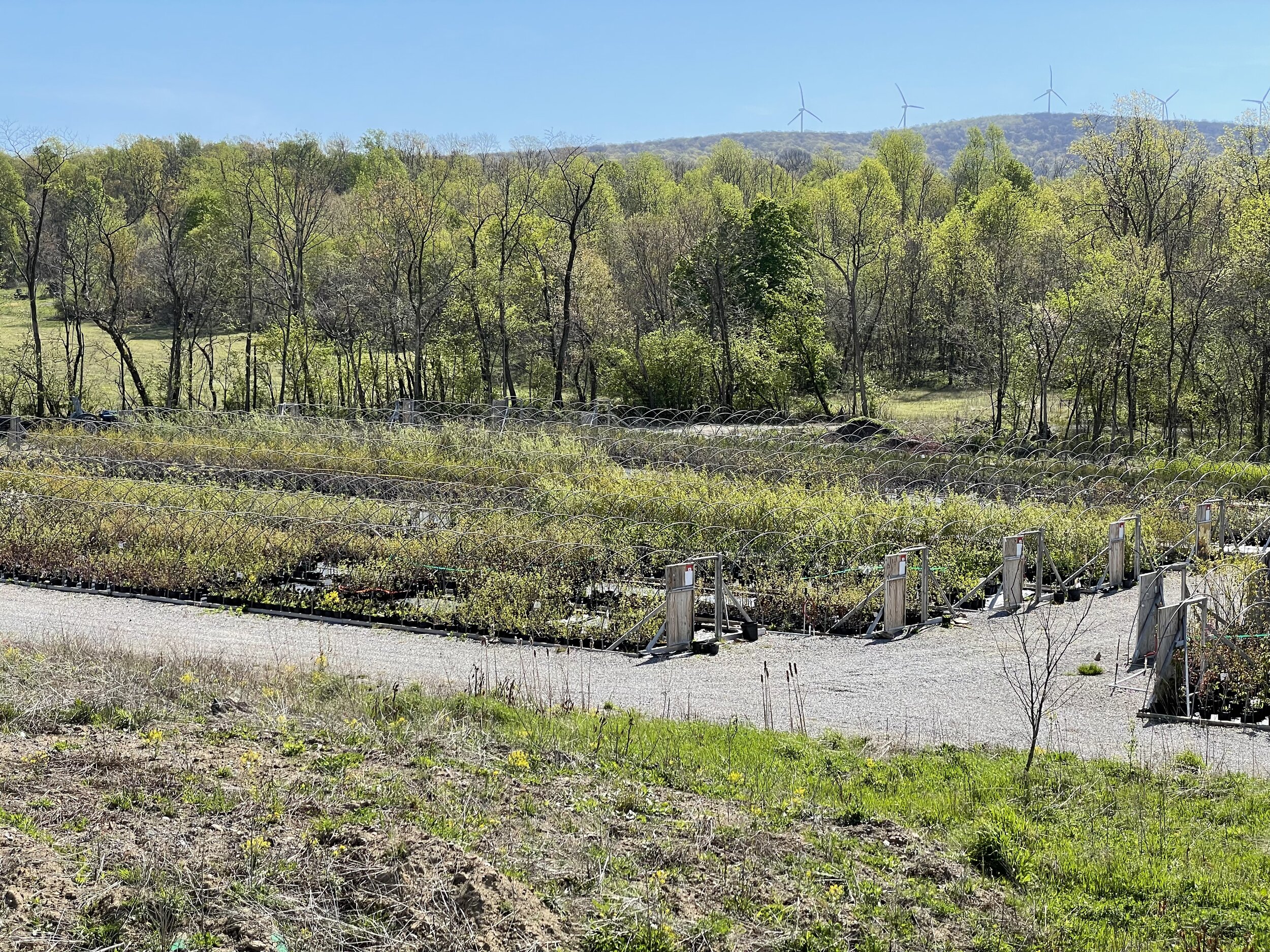
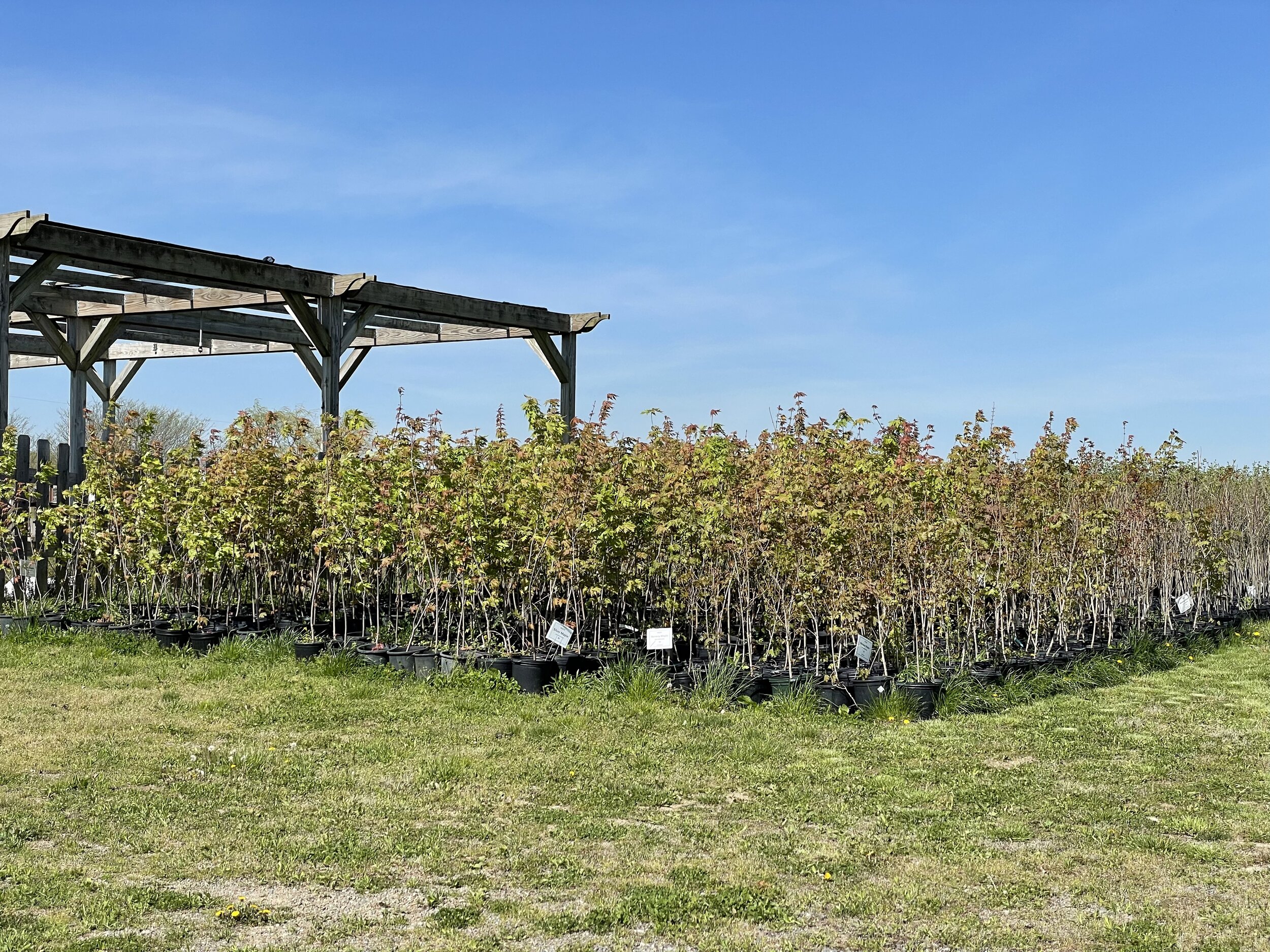
FAQs
What is a Native Plant?
A native plant is one that occurs naturally in a particular region, ecosystem, or habitat without direct or indirect human intervention. We consider the flora present at the time Europeans arrived in North America as the species native to the eastern United States. Native plants include all kinds of plants from mosses and ferns to wildflowers, shrubs, and trees.
Why use Native Plants?
Because native plants have already adapted to the areas growing conditions, often making them easier to grow, and less vulnerable to adverse conditions (pests and disease) than non-native plants. Also, many non-native plants are also invasive; crowding out native plants.
Many states in the Mid-Atlantic Region are rapidly losing their native plants that help define that state. Invasive species, poor planning, crowding and other factors are contributing to their waning numbers. The use of native plants can help to halt or reverse that trend
There is also a strong, environmental link between native plants and the insect and animal world, especially birds. These populations have grown with the native plant population and have become dependent upon certain plants. For example, an oak tree can support over 500 species of moths and butterflies, as well as, other insects. The more insects, the more food for birds.
As with any plant, the right plant must be matched to the right spot. There are numerous native plants that flourish in all types of habitat.
What is the difference between Mitigation and Restoration?
Mitigation involves the installation of environmentally beneficial projects as offsets or credits for known projects which impact the environment.
Restoration is the process of returning a site to its original condition, prior to disturbance.
Both mitigation and restoration involve a mix of unique elements in order to obtain the desired outcome.
What Do We Offer?
Naturalization stock
Materials for Conservation & reclamation projects such as the Federal CREP program
Specimen trees, bare root and cuttings.
Landscape plants.
Stock for Stream & Wetland remediation
and Rain Gardens
Aquascape and water plants
In addition to being a grower, we are able to source stock through our partnerships with growers throughout North America.
Hydro-seeding, seed and seed blends
Top soil, mulch and compost
Amended soils, blended to your specifications
Filter socks, geotextiles, crane mats, silt fence and erosion control.
Straw, straw matting, etc.
Flexible delivery options
Planting, seeding and installation
Knowledgeable staff
What Industries & Ventures do we serve?
Mining
Oil and Natural Gas
Manufacturing
Federal and State Projects
Highway
Power
Real Estate
Wetland and Stream Delineation
Terrestrial Ecology and Wildlife Services
Re-vegetation of Disturbed Landscapes •
Aquatic Ecology Services
Ecosystem Restoration Services
Wet Pond Vegetation
Reforestation and Re-vegetation
Erosion Control
Rain Gardens
Etc.
A Sample Of Our Inventory
Nyssa sylvatica - Black Gum
Liquidamber styraciflua - Sweet Gum
Prunus americana - American Plum
Viburnum nudum – Possumhaw Viburnum
Vaccunium corymbosum - Highbush Blueberry
Sambucuus nigra - American Black Elderberry
Diospyros virginiana - Persimmon
Aronia melanacarpa - Black Chokeberry
Aronia arbutifolia - Red Chokeberry
Viburnum lentago - Nanny-Berry
Acer negundo -- Boxelder
Ulmus americana - American Elm
Ulmus parvifolia - Lacebark Elm
Fraxinus pennsylvanica - Green Ash
Fraxinus americana - White Ash
Amelanchier alnifolia – Saskatoon Serviceberry
Ameianchier laevis – Allegheny Serviceberry
Betula nigra - River Birch
Celtis occidentalis - Hackberry
Viburnum trilobum –American Cranberry
Physocarpus opufolius - Ninebark
Rhus aromatic - Fragrant Sumac
Rhus glabra - Smooth Sumac
Gliditisia tricanthose var. inermis - Thornless Locust
Maclura pomifera - Osage Orange
Carpinus caroliniana - American Hornbeam
Taxodium distichum - Bald Cypress
Juniperus virginiana - Eastern Red Cedar
Populus tremuloides - Quaking Aspen
Platanus occidentalis - American Sycamore
Cercis canadensis - Eastern Redbud
Rosa palustris - Swamp Rose
Ilex verticillata - Winterberry Holly
Syringa vulgaris - Common Lilac
Calycanthus floridus - Sweet Shrub
Otinus c. purpurea - Smoke Bush
Viburnum dentatum - Arrowood Vibarnum
Plus your specific requests
Alnus incana – Hazel Alder
Cornus amomun – Silky Dogwood
Cornus sericea - Red Osier Dogwood
Cornus racemosa - Grey Dogwood
Cornus kousa - Chinese Dogwood
Cornus florida - Flowering Dogwood
Hamamelis virginiana – Witch Hazel
Lindera benzoin – Spicebush
Salix nigra – Black Willow
Salix sericea - Silky Willow
Salix interior - Sandbar Willow
Salix alba Vitelli - Golden Willow
Acer rubrum – Red Maple
Acer saccharum - Sugar Maple
Acer sacchariumn – Silver Maple
Quercus rubra – Red Oak
Quercus rubra - Northern Red Oak
Quercus alba – White Oak
Quercus bicolor - Swamp White Oak
Quercus acutissima - Sawtooth Oak
Quercus macrocarpa - Bur Oak
Quercus velutina - Black Oak
Quecus montana - Chestnut Oak
Quercus palustrus - Pin Oak
Castanea mollissima - Chinese Chestnut
Corylus americana - American Hazelnut
Aesculus glabra - Ohio Buckeye
Juglans nigra - Black Walnut
Asimina triloba - Paw Paw
Prunus serotina – Black Cherry
Prunus tomentosa - Nanking Cherry
Populus sp. - Hybrid Poplar
Liriodenron tulipifera – Tulip Poplar
Carya cordiformis – Bitternut Hickory
Fagus grandifolia – American Beech
Kalmia latifolia – Mountain Laurel
Rhododendroin Maximum – Rosebay Rhododendron

